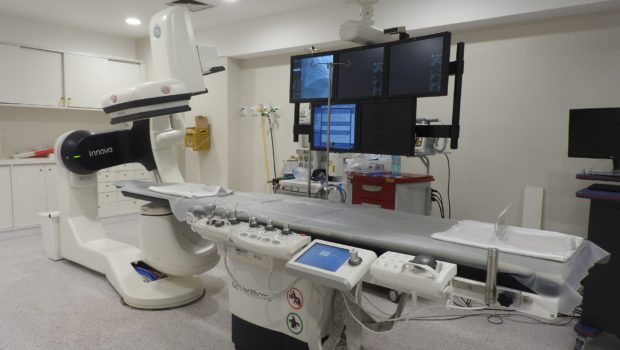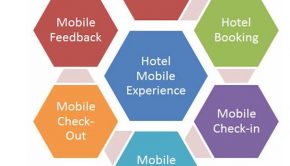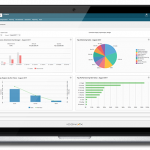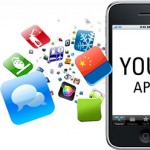How To Augment Your Hospital With Technology
Medical facilities and medical professionals are staples of modern life. However, these pillars of the community are being pushed to their limits to an unprecedented degree by the ongoing global pandemic. For these reasons, medical facilities need solutions, and technology can provide those solutions, if you know where to look. These tips will help your hospital optimize operations in order to keep things running smoothly, no matter what happens. You will have to handle diffferent types of Infectious disease and it needs proper handling of samples. You can trust only reliable names in the field.
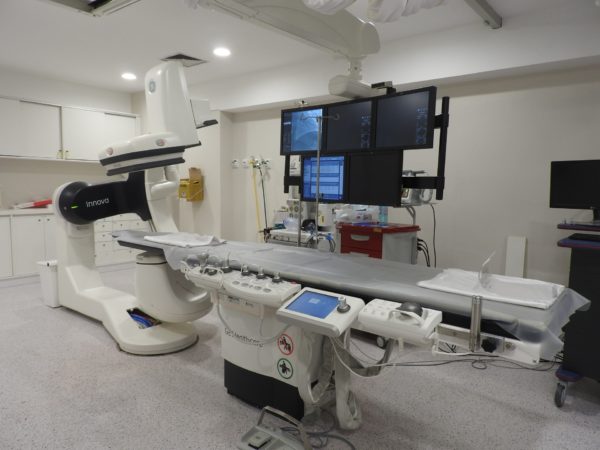
Invest In IT
Medical establishments depend on technology to an immense degree as it stands. This is because technology has a strong propensity for improving efficiency by reducing the amount of labor involved with commonplace tasks, and there is no better use case than recording the vitals of patients. This information is incredibly important, and yet gathering in a timely and consistent manner would be a waste of time and energy without state of the art medical tech.
For that reason, you’ll need to invest in an IT department that can help to ensure that all of these crucial machines work as intended in order to provide accurate, up to date data regarding your patients. You can find IT professionals in your area for hire, but you can also outsource in order to get the service you need without needing to bring more staff onto the premises during the pandemic. In order to get the best of both worlds, do a simple Google search for something along the lines “IT company in San Diego” to get an idea of the options available to you.
Focus on Organization
One of the biggest hurdles facing medical organizations is organization itself. Hospitals are bogged with paperwork to the extent that doctors spend more time filling in forms than they spend engaging in valuable face to face with their patients, let alone treatment. This is due primarily to the incredible amount of data involved in the medical industry, because diagnosing and treating patients requires a whole host of statistics and, more importantly, how they change over time. In addition to this, it’s also important for hospitals to keep track of all of their patients’ identities, as well as insurance information, in order to be able to offer them service to begin with. Solving this problem can’t happen overnight, but it can be made much simpler almost immediately with the creation of a smart office.
IoT technology can provide many organizational benefits to medical facilities in desperate need of simplification. For starters, there is a major variety of apps that can help to record and store information much more quickly, and these apps can often be interlinked via a smart office framework. More importantly, perhaps, medical equipment itself can be augmented with IoT tech in order to provide vitals and other statistics to a central database in real time, and it can allow multiple systems and data sets to intermingle in order to expedite the detective work needed to create an accurate diagnosis and treatment plan.
Update Tools
In addition to state of the art medical equipment with IoT capabilities, you can also bring many other tools into the 21st century in order to keep things running smoothly. More importantly, it can easily fit into the same IoT framework in order to reduce the labor involved with recording data and therefore improve the efficacy of medical facilities immensely. For example, tablets are being adopted by many hospitals as an alternative to the archaic clipboard and pen that have served doctors well for ages. These can improve the accuracy of information by providing moment by moment corrections and transmitting records directly to the same database that contains data from other machines and apps.
Running a medical facility will also be a challenge, and a high stakes on, at that. When it’s a matter of life and death, struggle comes with the territory. However, there are many ways in which medical professionals can take advantage of the latest and greatest tech in order to make treating their patients much more manageable and much less stressful.

